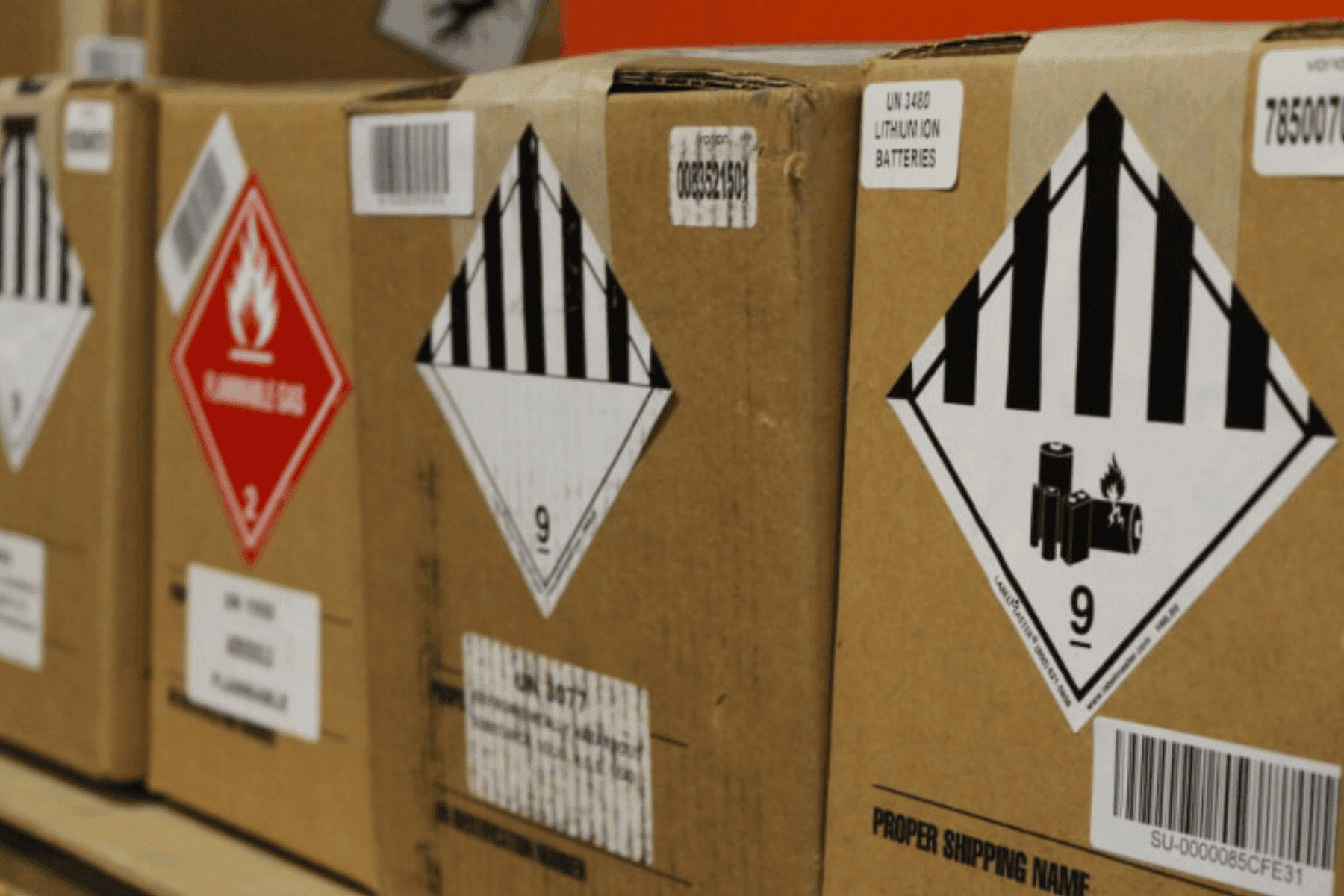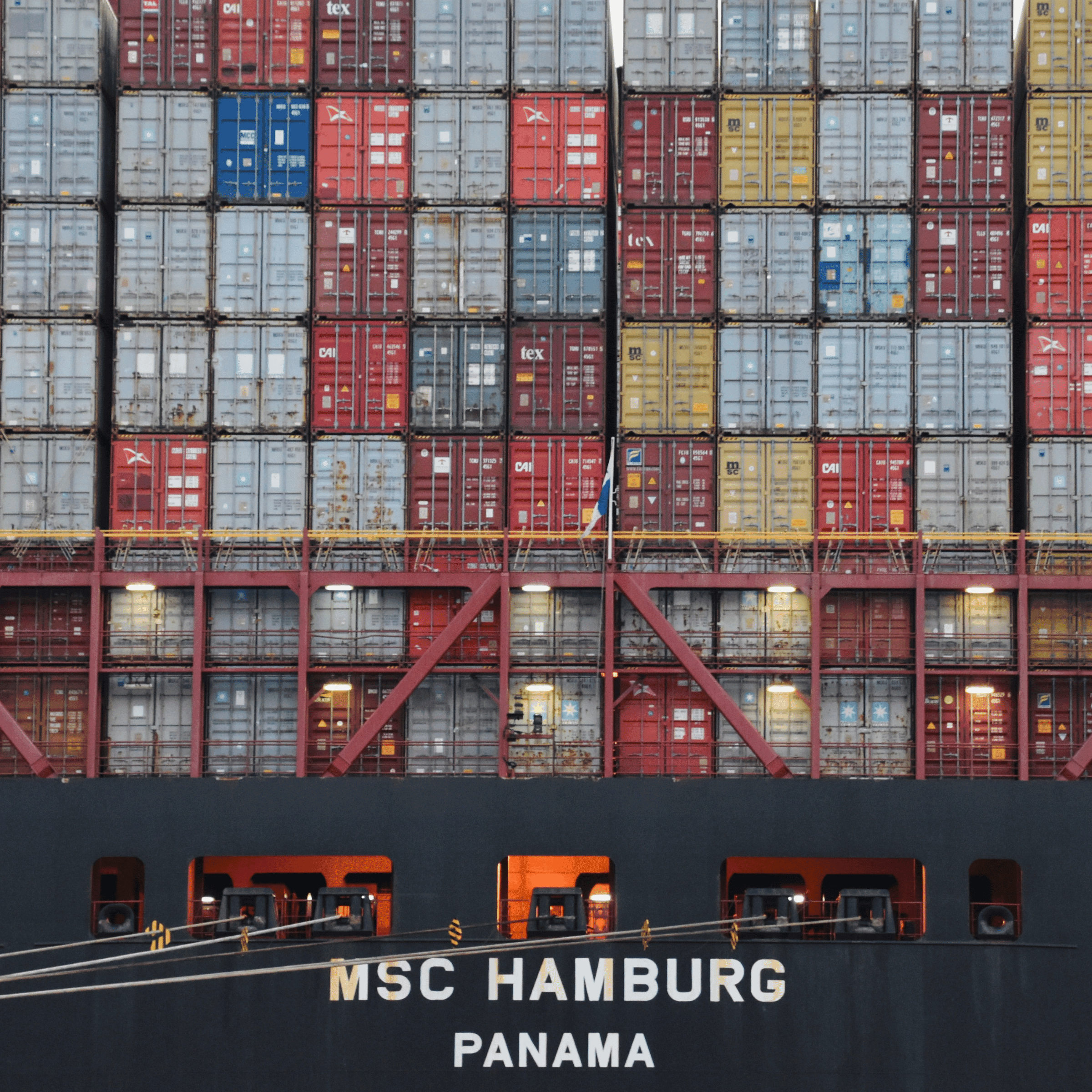E-commerce businesses have been flourishing, providing consumers with an unparalleled convenience of shopping from the comfort of their homes. However, the ease with which products can be purchased online poses new challenges for the shipping and logistics sectors. One of these challenges is the shipment of hazardous materials, often referred to as “HazMat.” Ensuring that these materials are shipped safely and in compliance with regulations is crucial. This article delves into the intricacies of HazMat shipping for e-commerce businesses.
What is HazMat?
Hazardous Materials (HazMat) are substances that, when transported, can pose a risk to health, safety, property, or the environment. Examples include:
Flammable liquids: perfumes, alcohol, certain cosmetics.
Compressed gases: aerosol sprays, lighters.
Toxic substances: certain cleaning products, pesticides.
Corrosives: drain cleaners, car batteries.
Why E-commerce Businesses Should Be Concerned
The rise in online shopping means that products which were traditionally bought in-store (and thus didn’t require shipping) are now being sent directly to consumers. Some of these products might be hazardous. E-commerce businesses must ensure that they ship these products safely to prevent accidents and stay compliant with regulations.
Key Steps for HazMat Shipping and Compliance
1. Identify and Classify the Hazardous Material:
Before shipping, determine if the product is hazardous. There are nine major hazard classes defined by regulatory agencies, each with its own set of rules. Understand which category your product falls under.
2. Use Proper Packaging:
Specialized packaging is required for HazMat items. This includes:
– Inner packaging to contain the material.
– Outer packaging to protect the inner container.
– Cushioning material to prevent movement or breakage.
3. Label and Mark the Package Correctly:
Hazardous materials need specific labels and markings that indicate the nature of the hazard. This helps handlers treat the package with the necessary caution.
4. Prepare Shipping Papers:
These are essential documents that accompany HazMat shipments. They include details like the shipper’s name, emergency contact, description of the material, and instructions in case of an accident.
5. Select a Carrier with HazMat Certification:
Not all shipping carriers can handle hazardous materials. Choose a carrier with the necessary certification and experience.
6. Train Employees:
Any staff member involved in the packaging, labeling, or shipping of hazardous materials must be trained in accordance with regulations.
7. Stay Updated on Regulations:
HazMat regulations are subject to change. E-commerce businesses should regularly review the rules and adjust their procedures accordingly.
Key Regulatory Bodies and Regulations
U.S. Department of Transportation (DOT): Regulates the transportation of hazardous materials in the U.S. through the Pipeline and Hazardous Materials Safety Administration (PHMSA).
International Air Transport Association (IATA): Provides guidelines for the safe transportation of hazardous materials by air.
International Maritime Dangerous Goods (IMDG) Code: Regulates the transportation of hazardous materials by sea.
E-commerce businesses should be familiar with the regulations from these bodies, especially if they are shipping internationally.
Challenges and Opportunities
Challenges:
– Staying compliant can be costly for businesses, given the need for specialized packaging, training, and potential delays.
– Mistakes can lead to penalties, damaged reputation, and potential harm to consumers or the environment.
Opportunities:
– Demonstrating commitment to safe and compliant shipping can be a competitive advantage.
– Offering a wider product range, including those classified as HazMat, can cater to a broader audience.
Conclusion
As e-commerce continues to grow, the responsibility of ensuring the safe and compliant shipment of hazardous materials becomes paramount. While it poses challenges, with proper procedures, training, and awareness, e-commerce businesses can navigate the complexities of HazMat shipping and offer their customers a seamless and safe shopping experience.






